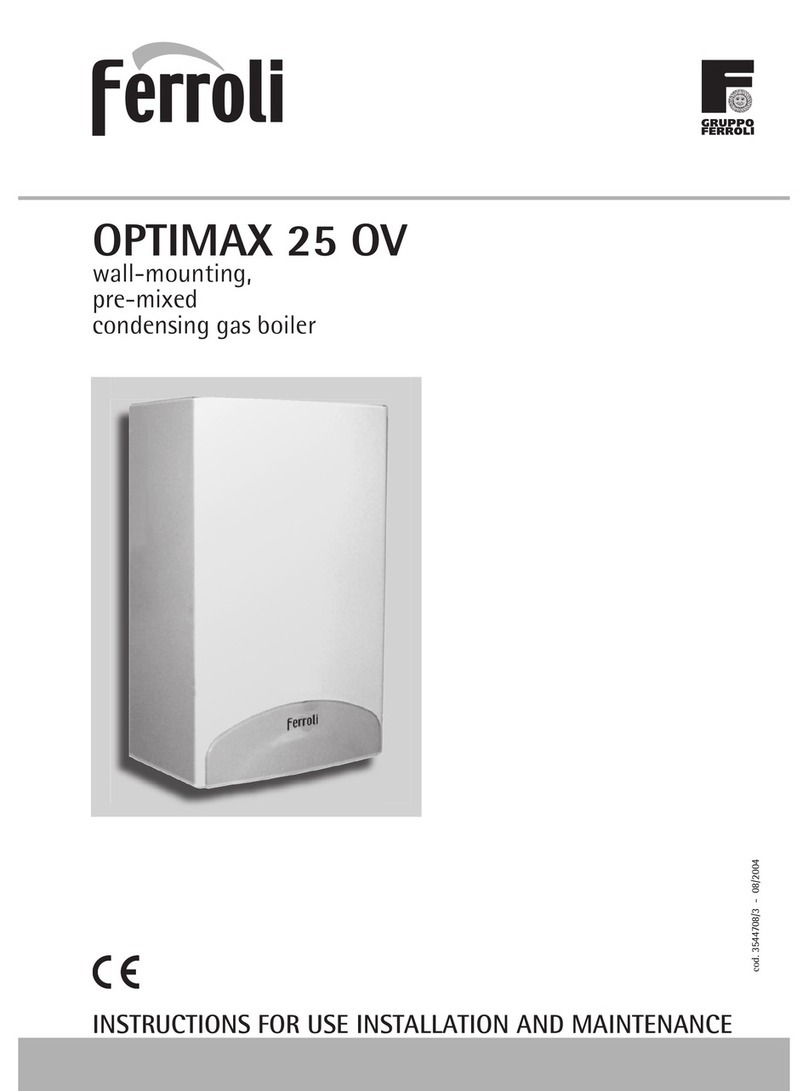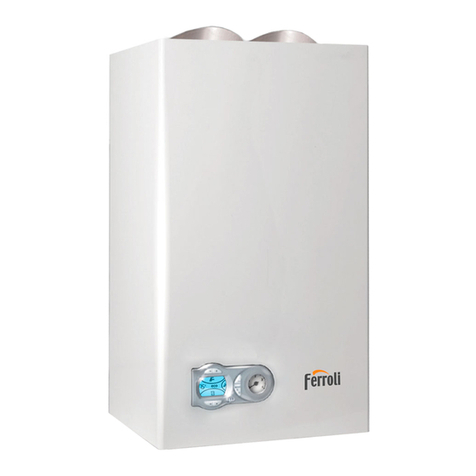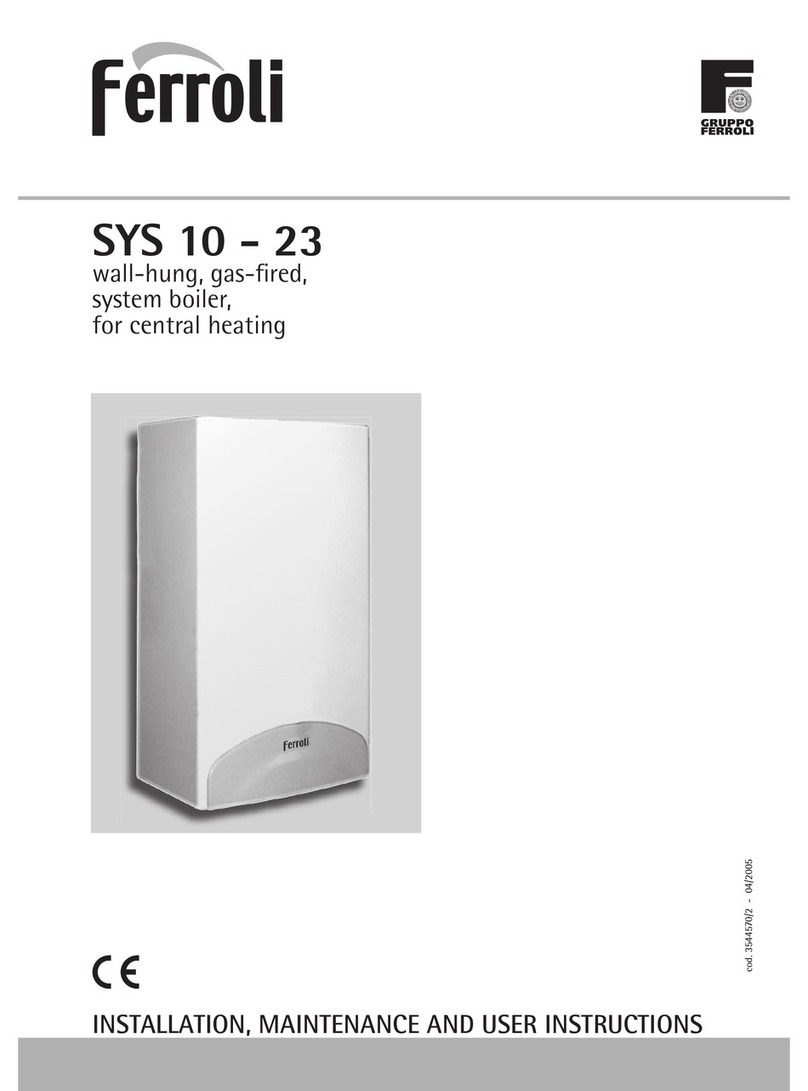Ferroli SIGMA User guide
Other Ferroli Boiler manuals
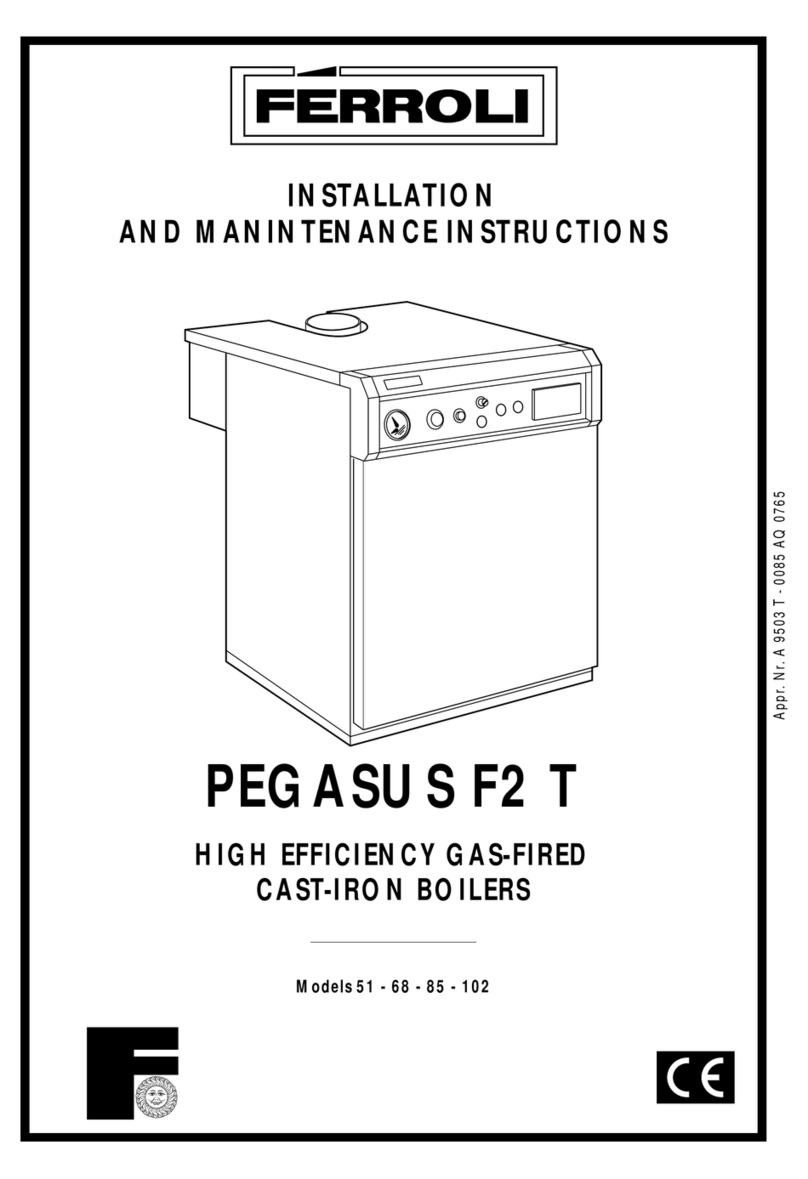
Ferroli
Ferroli PEGASUS F2 T User manual

Ferroli
Ferroli 47-267-63 Technical manual
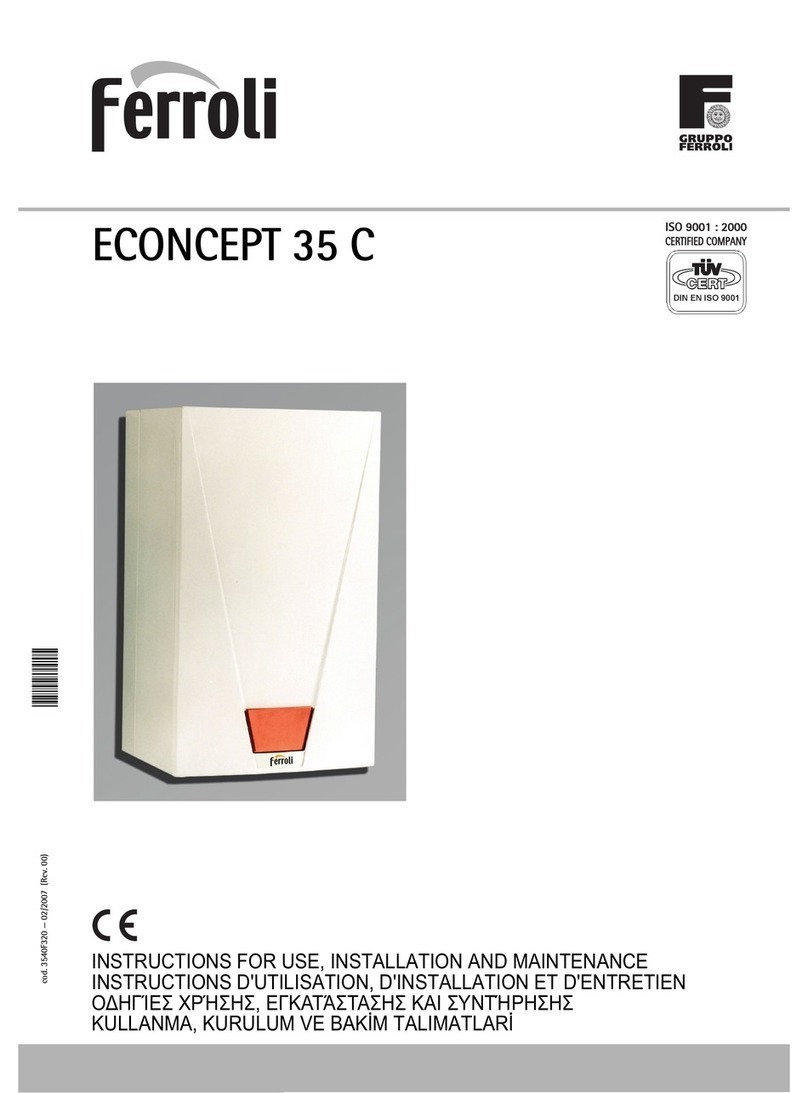
Ferroli
Ferroli ECONCEPT 35 C Troubleshooting guide
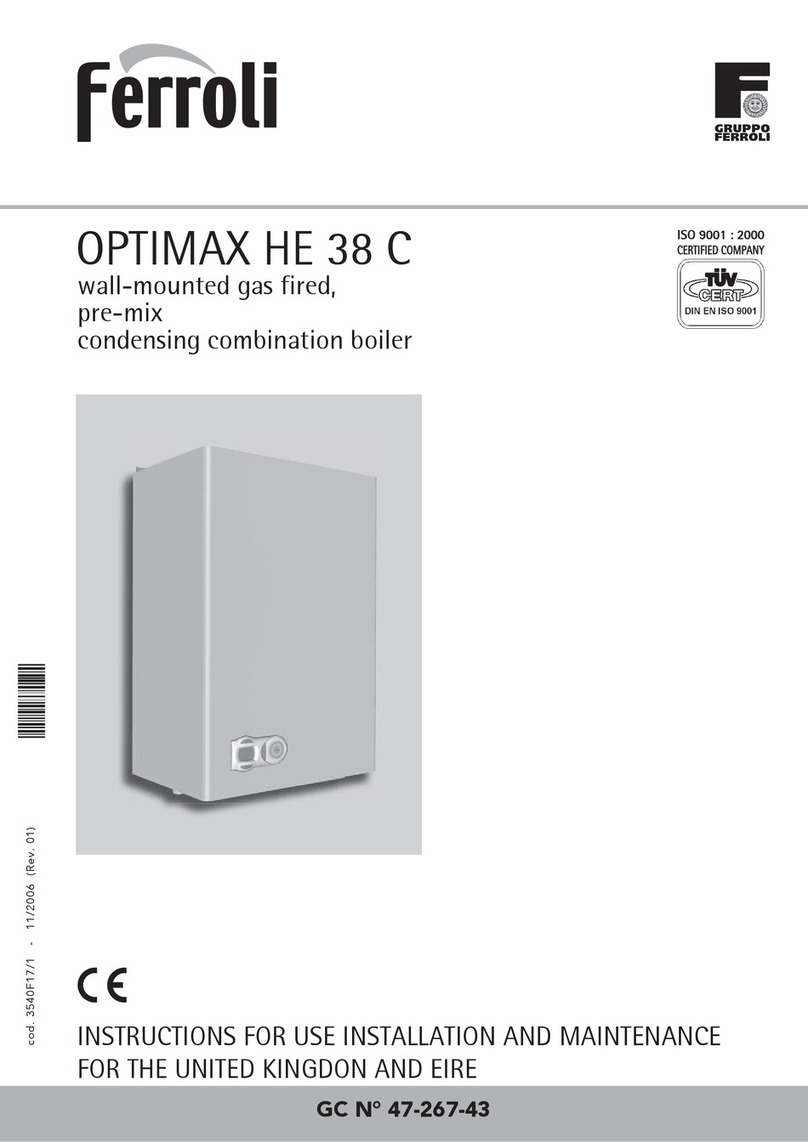
Ferroli
Ferroli OPTIMAX HE 38 C Troubleshooting guide
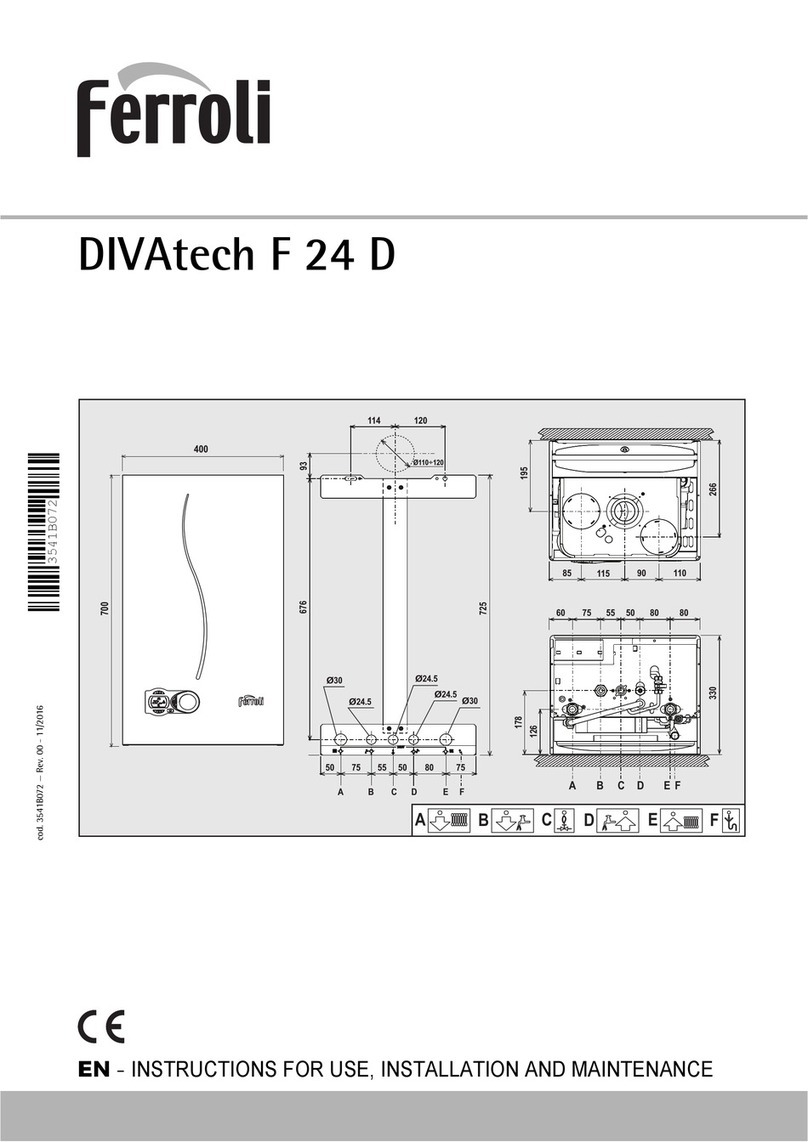
Ferroli
Ferroli DIVA D F24 Technical manual

Ferroli
Ferroli FL D CONDENS LN F24 Technical manual

Ferroli
Ferroli ATLAS D ECO 56 UNIT Troubleshooting guide
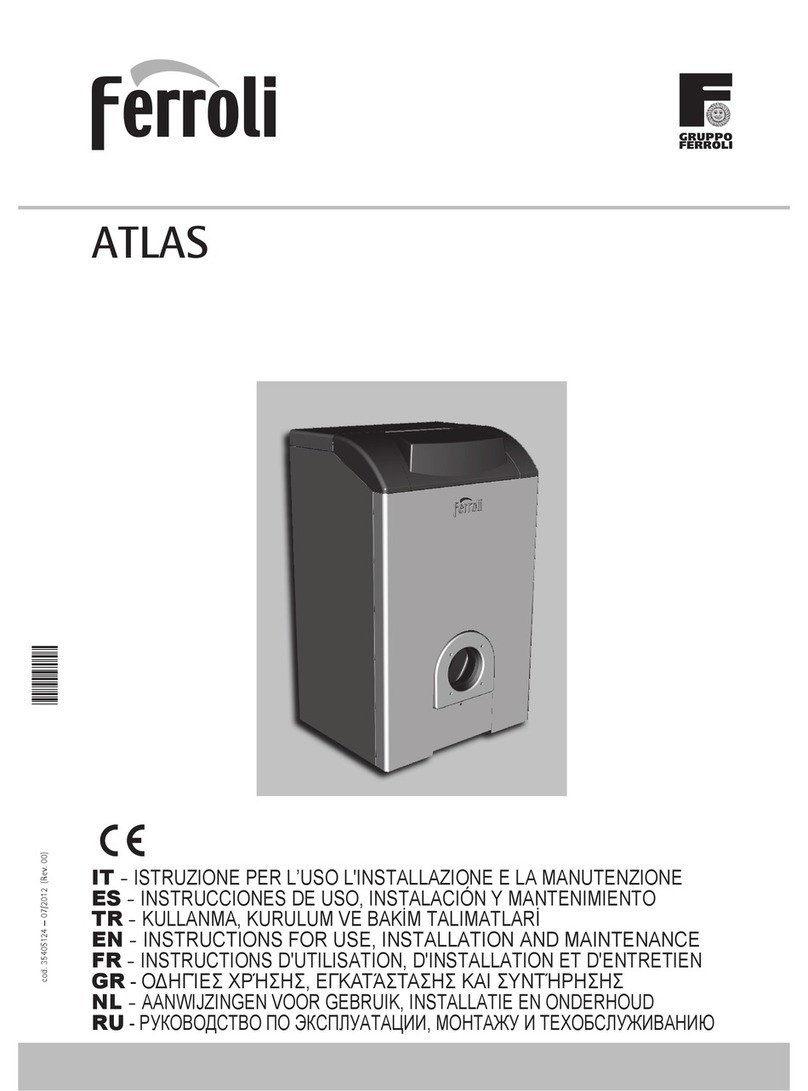
Ferroli
Ferroli ATLAS 32 Troubleshooting guide

Ferroli
Ferroli BLUEHELIX 25/32 K 50 Troubleshooting guide
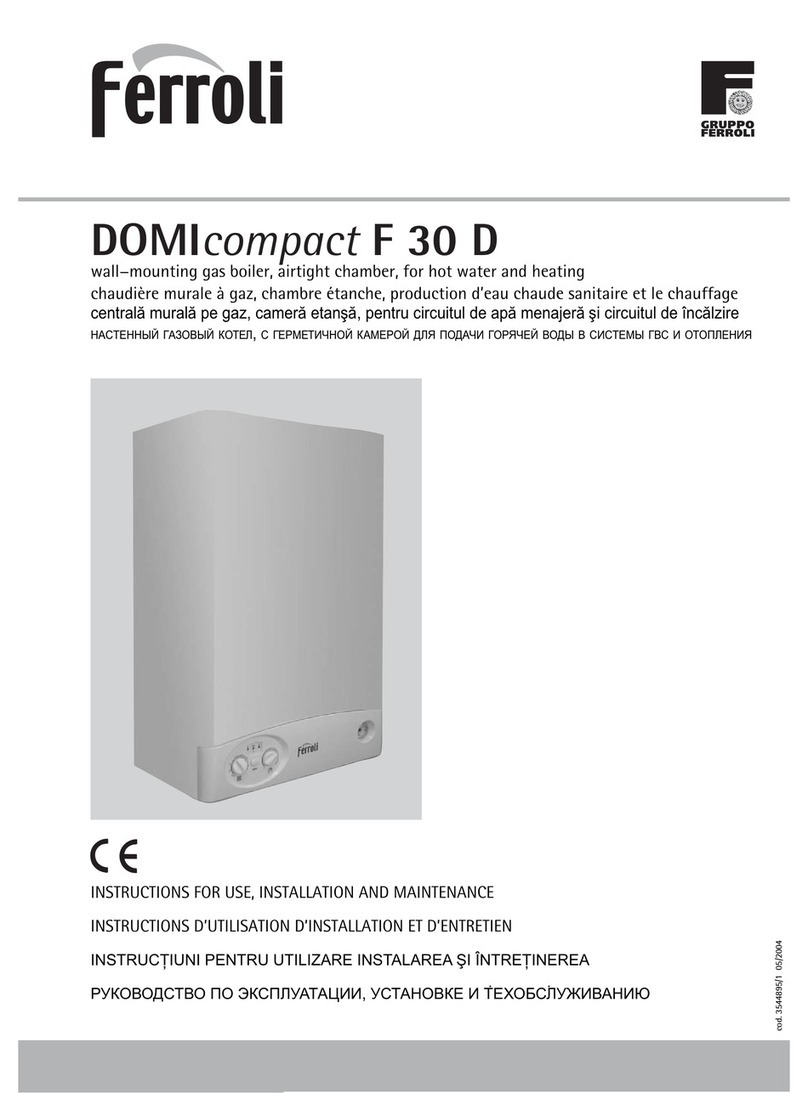
Ferroli
Ferroli DOMIcompact F 30 D
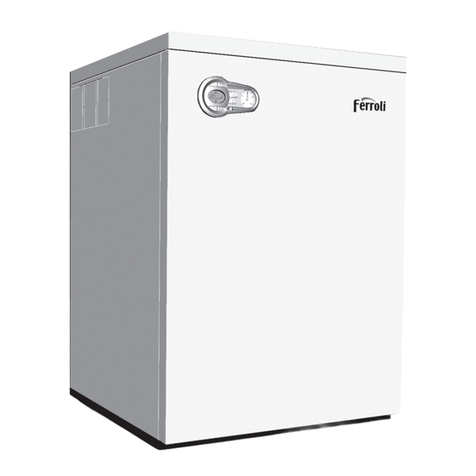
Ferroli
Ferroli BLUEHELIX B 32 K 50 Troubleshooting guide
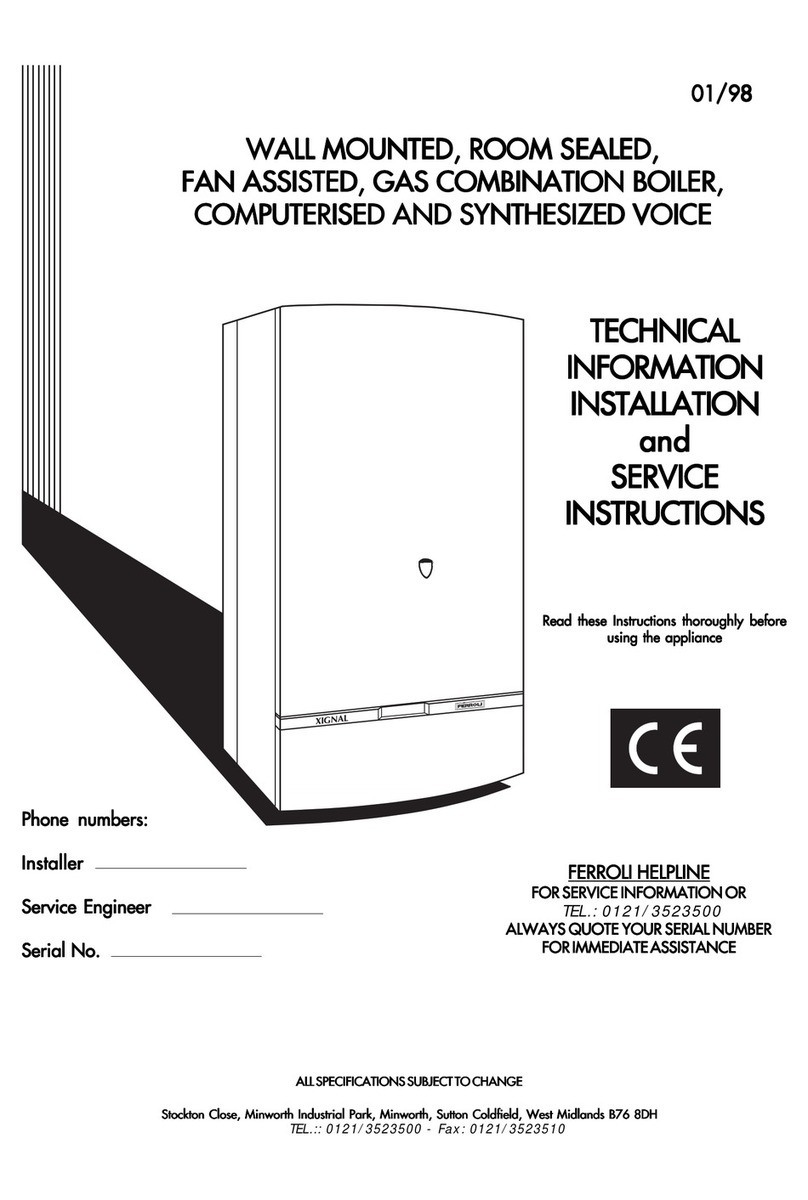
Ferroli
Ferroli Xignal Operating instructions

Ferroli
Ferroli ENERGY TOP W 60 Manual
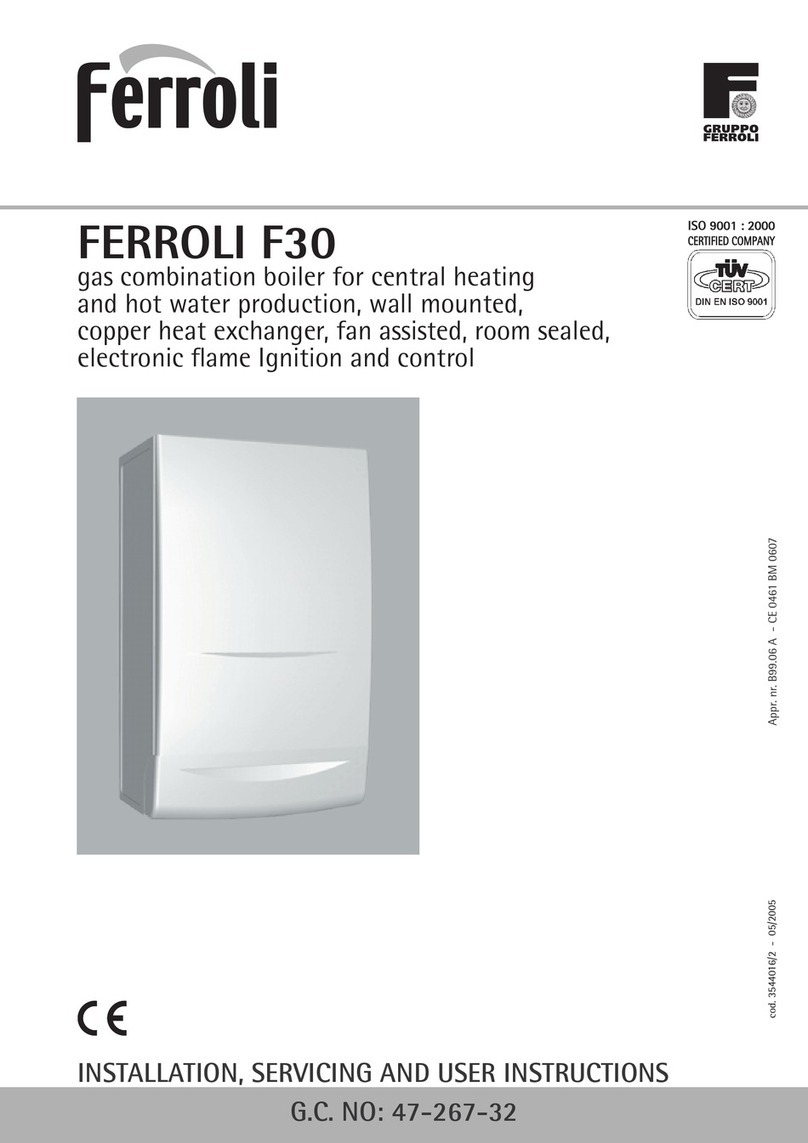
Ferroli
Ferroli F30E User guide

Ferroli
Ferroli 0T3B2HGA Technical manual
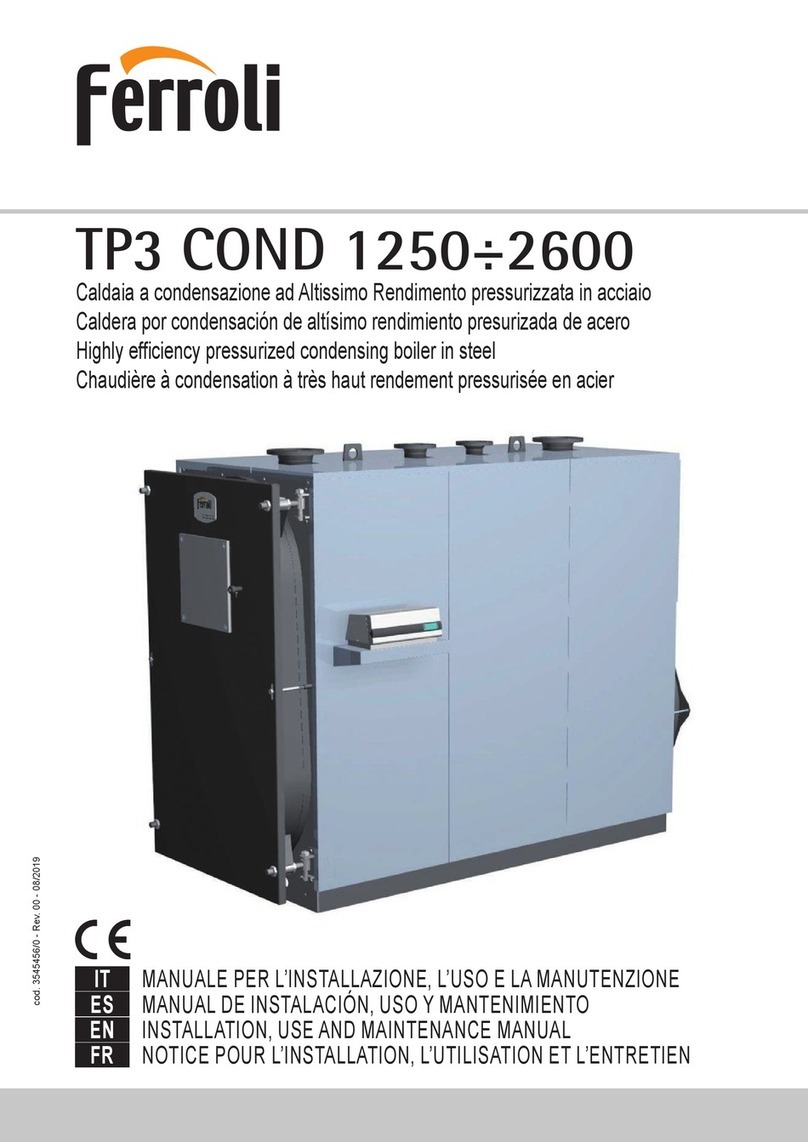
Ferroli
Ferroli TP3 COND 1250 User manual

Ferroli
Ferroli ENERGY TOP W 125 Troubleshooting guide
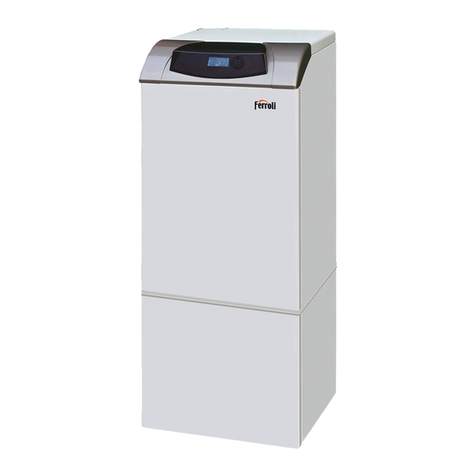
Ferroli
Ferroli ATLAS D 30 K 100 UNIT Troubleshooting guide

Ferroli
Ferroli ENERGY TOP W 125 Troubleshooting guide
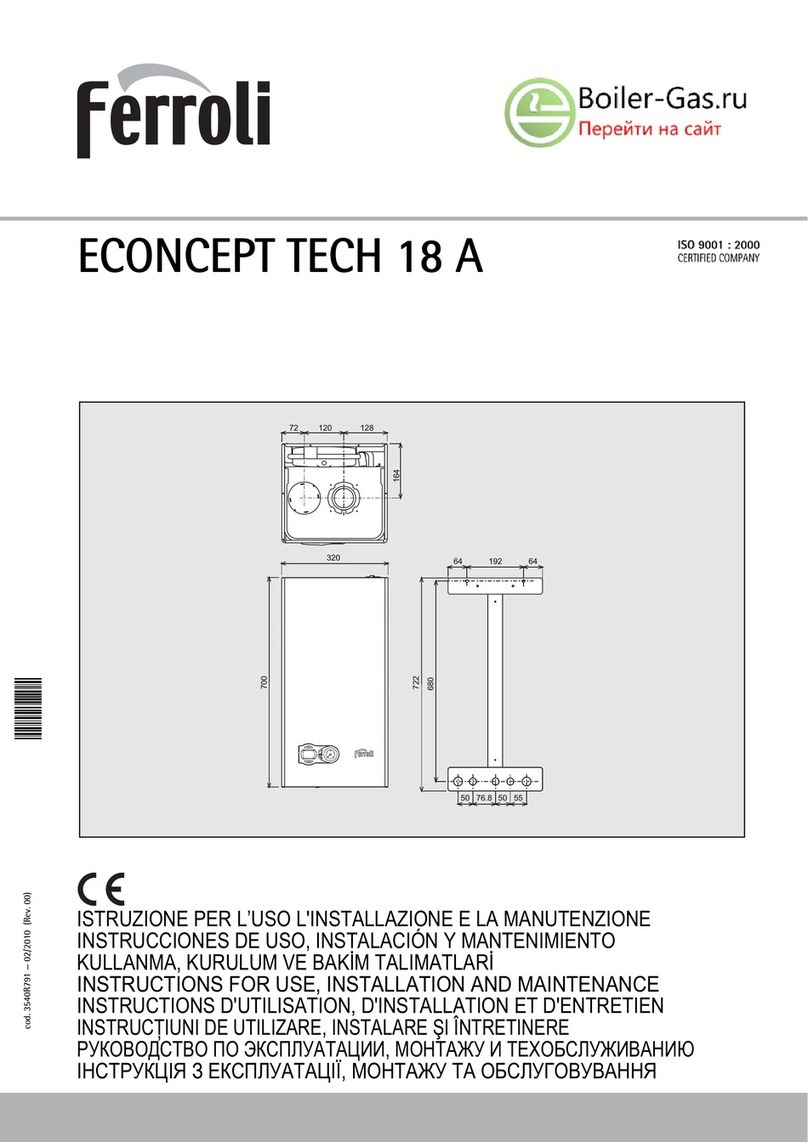
Ferroli
Ferroli ECONCEPT TECH 18 A Troubleshooting guide
Popular Boiler manuals by other brands

IDEAL
IDEAL IMAX XTRA EL 320 user guide

UTICA BOILERS
UTICA BOILERS BC3D Installation, operation & maintenance manual

Lochinvar
Lochinvar SOLUTION 260000 Installation & service manual

Weil-McLain
Weil-McLain EG 6 Series manual

RBI
RBI LCD Series Installation & operation manual

Baxi
Baxi MainEco Combi 28 Installation and service manual

Unical
Unical ALKON R 24 Installation and Servicing Manual

Automatic Heating
Automatic Heating Gasogen Installation and Servicing Manual

Viessmann
Viessmann VITORADIAL 300-T Type VR3 Service instructions for contractors

Alpha
Alpha GasSaver GS-1 Installation and servicing instructions

Baxi
Baxi ROCA LAURA PLUS 28/28 Operating, cleaning and maintenance instructions for the user

Vaillant
Vaillant uniSTOR VIH SW GB 500 BES operating instructions

Kärcher
Kärcher HWE 4000 Gas manual

Radijator
Radijator BIO max 23.1 instruction manual

Granby
Granby BKC Installation, operation and maintenance manual

Brunner
Brunner BSV 20 Instructions for use

Potterton
Potterton 50e Installation and Servicing Manual

UTICA BOILERS
UTICA BOILERS TriFire Assembly instructions

